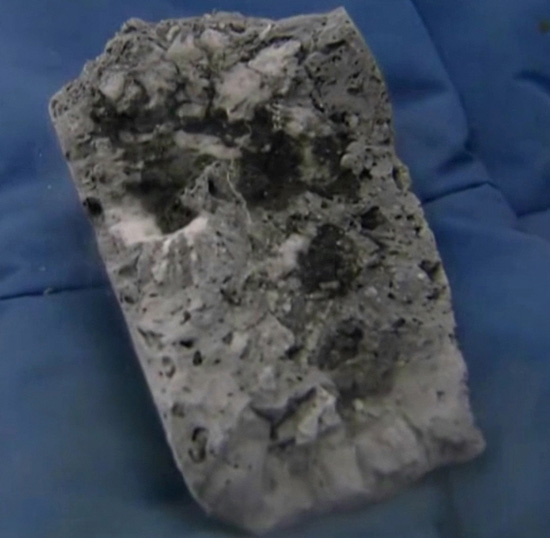
With the rapid development of advanced technology, the use of marine resources is progressing towards a more economic and sustainable approach. First and foremost, technological development has accelerated in the fields of marine structures, vessels, and deep submersibles. In addition, major strides have been made in technology related to unmanned surface vessels, resurfacing of vessels for antifouling, and ice breakers. Advancements continue in the use of marine resources; development of diverse materials such as pulps using marine life; and the utilization of methane hydrates, manganese nodules, deep sea water, tidal currents, tidal powers, wave force, thermal difference, and offshore wind power. Furthermore, life engineering technology using diverse biomass of the sea is also making a rapid progress. In addition, technological advancements are accelerating in carbon absorption and storage as well as sea contamination prevention technology.
Although Korea began research in marine science technology about 100 years after advanced countries, progress has been made at such a rapid pace that Korea is now ranked 15th in the world in this field. Using domestic technologies, we have developed marine mineral resources, new medicines based on marine life research, and expanded research into the deep sea and Polar Regions by building ice breakers and deep submersibles that can dive as deep as 6,000m.
Because of its low resereves of land-based natural resources, Korea places a high importance on the development of marine technologies to meet its needs. In particular, at a time of risks arising from sea pollution and the exhaustion of fisheries resources, advanced technology can enable us to develop ways to secure sufficient fisheries resources, create a clean marine environment, and safeguard the marine ecosystem. The necessity of marine science and technology is increasing in many areas including electricity generation and technology to prevent marine disasters. In particular, methane hydrate, the so-called "flower of marine resources" is one promising resource. Sometimes referred to as burning ice, as the methane is stored in ice. This solid fuel is created when methane created from rotting underwater microorganism freezes with water due to the high pressure. Its exterior looks a lot like dry ice but while dry ice does not burn, methane hydrate catches flame when brought to fire. This magical reaction of burning ice is because methane gas trapped between water molecules burns when lit by fire.

Methane hydrate reserves have been identified at depths over 500 meters in Alaska, Siberia, and other Polar Regions. Research has shown that 600 million tons of methane hydrate are stored in the ocean floor near Ulleungdo Island and Dokdo Island. This amount is equivalent to 30 years of energy use for Korea.
In addition, there are about 17,000 species of plants and 152,000 species of animals living under the sea. The sea, where 80% of animals on Earth live, is a store of energy as well as the only place that can resolve marine contamination. This is why advanced countries are contesting to secure rights for development.
The journal "Nature" assessed the total annual value of the terrestrial ecosystem to be 10.6 trillion USD, while the total annual value of marine ecosystem is almost twofold at 22.6 trillion USD. Furthermore, while the available time period for using mineral resources on land is only 40 to 110 years, the time period for marine resources was estimated to be 200 to 10,000 years. The quantities and values provide a glimpse at the high value of marine resources and the infinite potential for developing the sea.
※ The texts were written based on the outcome of "Development of Ocean Education Textbook" and "Development of Contents for Ocean Education Textbook" projects conducted by the Korea Maritime Foundation in 2010 and 2011.